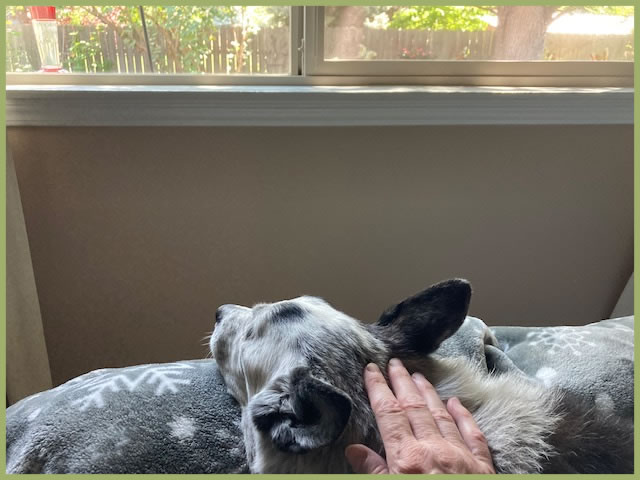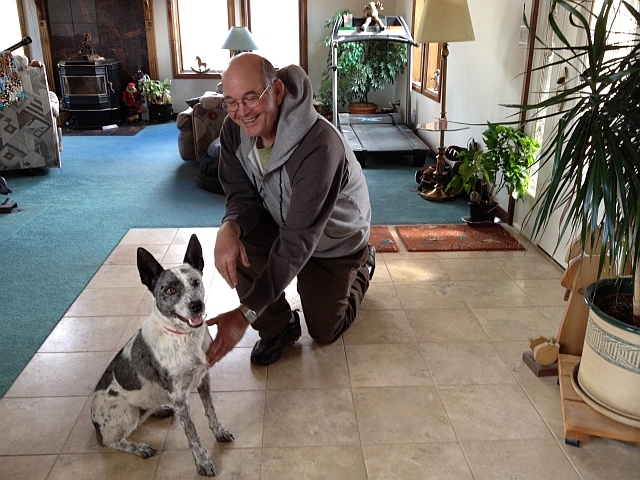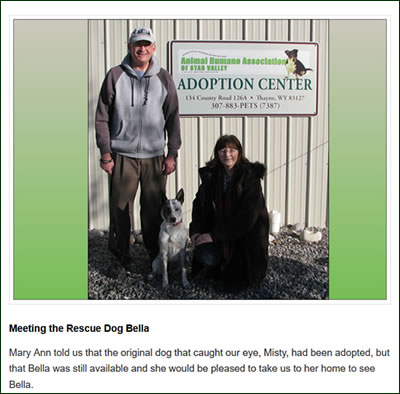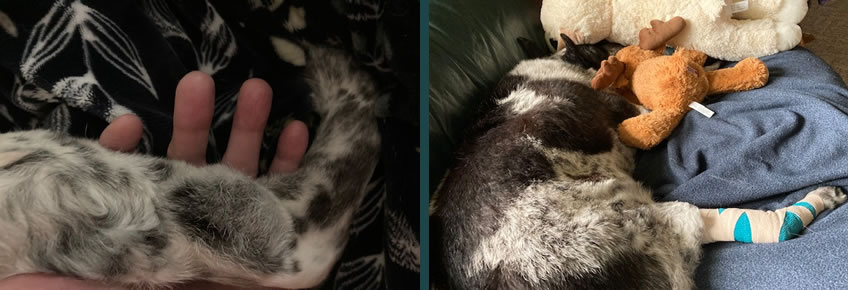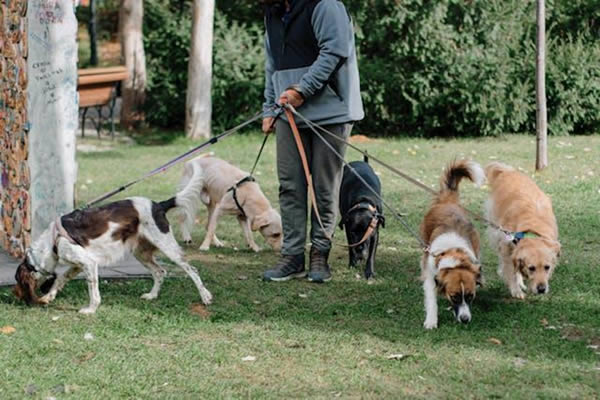This joke was posted way back in 2009. Now I figured we need a few laughs, and this one is a good one.

A shepherd was herding his flocks in a remote pasture when suddenly a brand new Jeep Cherokee advanced out of a dust cloud towards him. The driver, a young man in a Brioni suit, Gucci shoes, Ray Ban sunglasses and a YSL tie leaned out of the window and asked the shepherd: “If I tell you exactly how many sheep you have in your flock, will you give me one?”
The shepherd looks at the yuppie, then at his peacefully grazing flock and calmly answers, “Sure!”
The yuppie parks the car, whips out his notebook, connects it to a cell-phone, surfs to a NASA page on the Internet where he calls up a GPS satellite navigation system, scans the area, opens up a database and 60 Excel spreadsheets with complex formulas. Finally he prints out a 150 page report on his hi-tech miniaturized printer, turns round to the shepherd and says: “You have exactly 1586 sheep!”
“That is correct, take one of the sheep.” says the shepherd. He watches the young man select a sheep and bundle it in his Cherokee.
Then he says: ” If I can tell you exactly what your business is, will you give me my sheep back?”
“Okay, why not” answers the young man.
“You are a consultant.” says the shepherd.
“That is correct” says the yuppie, “How did you guess that?”
“Easy” answers the shepherd. “You turn up here although nobody called you. You want to be paid for the answer to a question I already knew. And you don’t know bleep about my business because you took my dog.”
Enjoy your day, friends.
AMAZON FINDS
Our dog, Blue Belle, is a cancer survivor. To help us pay for her various medications our family has become Amazon Affiliates. We appreciate your support. Looking for some products for your puppy? This will get you started.
Disclaimer:
DogBlog: A Dog’s Eye View and BestDogBlog.com participates in the Amazon Services LLC Associates Program, an affiliate advertising program designed to provide a means for sites to earn advertising fees by advertising and linking to Amazon.com.



